- Private car and driver in Delhi / India
- +91-8447445445
- info@discoverindiabycar.com sugar.ankit@yahoo.com
 +91-9818434712
+91-9818434712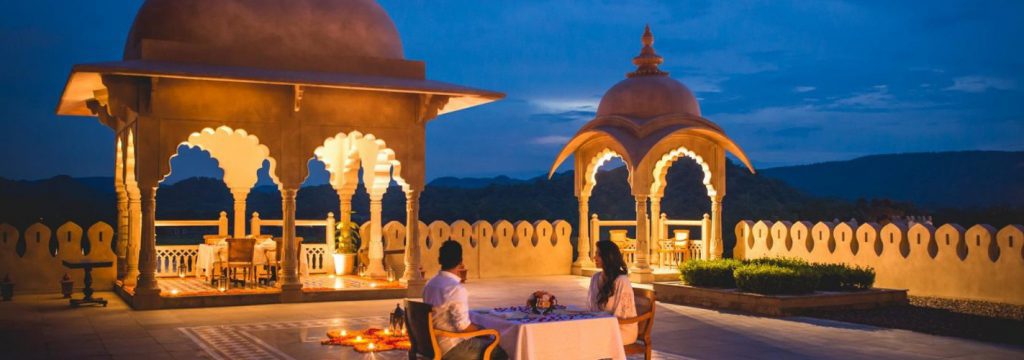
Jaipur
Jaipur is known as the city of princes and princesses, bravery, romance, and chivalry. With its imposing forts, opulent palaces, brilliant temples, colourful bazaars, dynamic streets, and pink face, the city has a singular and unequalled character that charms every tourist right away.
With its roots in the past and a remarkable blend of tradition, modernity, and old world charm, this city advances. Currently a thriving metropolis, it is the ideal representation of India itself!
The Pink City
Jaipur, also referred to as “The Pink City,” wasn’t always pink. In honour of the Prince of Wales’ visit in 1876, the city’s main streets and buildings were painted an earthy pink colour. The notion to paint the buildings pink originated from the belief that the sheer whiteness of the city’s structures would be too brilliant for the prince who was visiting. Today, it is a legal requirement for every house in the old city to keep up this facade. The only city in India to have been planned and conceived on such a big scale, this astonishingly symmetrical and thoroughly proportioned city was founded as early as 1727.
Climate
Jaipur has a hot semi-arid monsoon climate with long, extremely hot summers and short, mild to warm winters. Annual precipitation exceeds 63 cm, with most of it falling in July and August due to the monsoon, causing average temperatures in these two months to be lower than in drier May and June. There are frequent, heavy rains and thunderstorms during the monsoon season, but flooding is uncommon.
Location
Jaipur is located at latitude 26° 55′ north and longitude 75° 49′ east. Its municipal boundaries run from 26 degrees 46 minutes north latitude to 27 degrees 01 minutes north latitude, and from 75 degrees 37 minutes east longitude to 76 degrees 57 minutes.
History of Jaipur
Jaipur gained notoriety as the most beautiful and well-planned city to live in because to the remarkable vision and intellectual prowess of Maharaja Sawai Jai Singh II and the enormous work of his Chief Architect Vidyadhar Bhattacharji. A wide variety of craftspeople, artists, and businesspeople were drawn to the liberal, protective, and secular policies of the governing class, making this city a major hub for the arts, crafts, trade, and culture today. Architecturally, the city established a benchmark, and other great rulers like Sawai Ram Singh and Sawai Mansingh II added a significant number of additional public structures and institutions to this already magnificent work of art.
Rugged hills, fortified walls, and embattled terrain surround Jaipur on all sides. It’s fun to explore the Old City, often known as the Pink City. When the Prince of Wales, later Edward VII, visited Jaipur in 1876, Maharaja Man Singh II had the entire city painted pink. Fabulous, tall homes with latticed windows fill the narrow alleyways of the old city, their rose pink colour providing enchantment to a vista which is almost magical at sunset. Today, opulent hotels and resorts provide cosy lodging to all travellers, and the tourist infrastructure is similarly expertly managed.
The Jaipur Museum, Albert Museum, Birla Mandir Planetarium, Sisodia Rani Park, Lakshmi Narain Temple, Kanak Vrindavan, The Rajmahal Palace, Rambagh Palace (now a Luxury hotel), and other parks are among the interesting locations. Whatever you decide to do, Jaipur will be in your memory for a very long time.
How to Travel Jaipur?
You can travel Jaipur by private car and driver from Delhi. Discover India By car provide best tour packages for Jaipur. Some of the best tour package for Jaipur by private car and driver is Golden Triangle Tour , Desert Treat , Royal Rajasthan , Amazing Rajasthan , Golden Triangle with ranthambore , Golden triangle with varanasi , Golden trianle with Haridwar and Rishikesh and Jaipur day tour by discover India by car.
Places to Visit in Jaipur
Amer Fort
The historic fort of the Kachhwaha clan of Amber, which served as the capital until it was relocated to Jaipur, is situated 11 kilometres from Jaipur. The Maota Lake in the foreground makes the fort, which is made of red and white sandstone and marble, even more beautiful. The fort is a stunning sight in and of itself, but when viewed with its clear reflection on the lake in front, one is left to question if it is a dream or a lovely illusion. Visitors to this fort have two options for getting there: they may drive there or ride elephants, which, despite being sluggish, are a lot of fun.

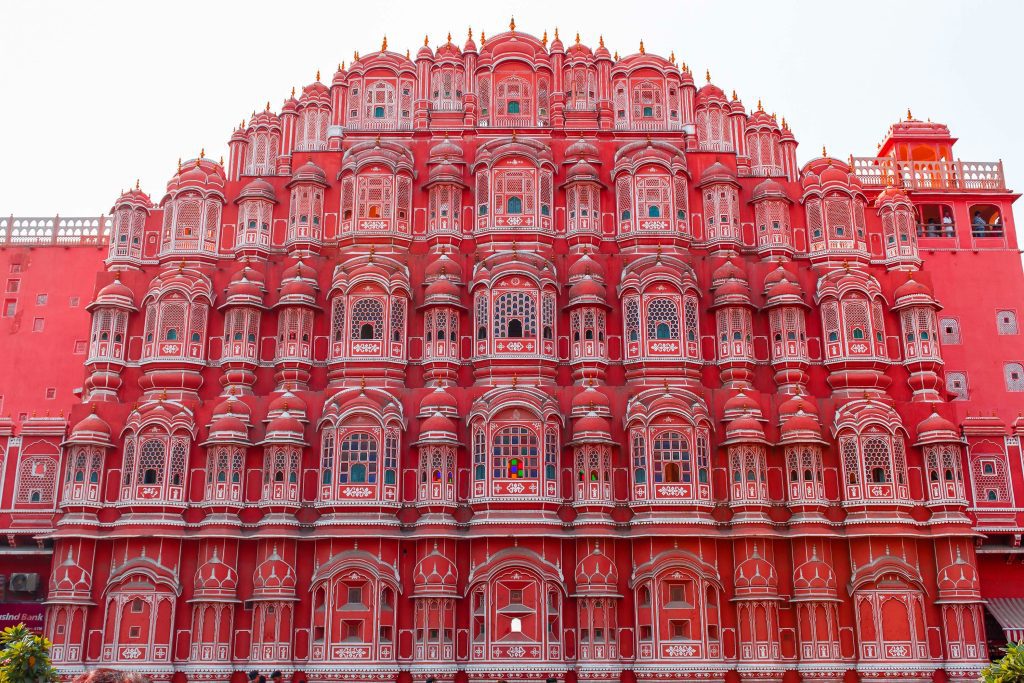
Mahal Hawa
How many times have we been warned against erecting sky castles? In fact, it happens rather frequently, but if you’re a dreamer and want to witness the “palace of the winds,” which is a real palace, visit the “pink city” of Rajasthan and see the Hawa Mahal. Every palace wall serves as another evidence that “dreams really may come true,” Maharaja Sawai Pratap Singh constructed the Hawa Mahal in 1799, and it is today one of the most well-known structures in Jaipur. The Hawa Mahal is located next to the iconic City Palace wall. The palace is a five-story structure with a pyramidal design, numerous small windows and screens, and arched roofs.
The Jantar Mantar
Another significant tourist destination in Jaipur is Jantar Mantar. One of the five observatories erected by the astronomer king Sawai Jai Singh II is Jantar Mantar. The largest and most complex observatory in India is the Jantar Mantar in Jaipur. The Jantar Mantar, which was built between 1728 and 1734, is situated in the heart of Jaipur. Maharaja Sawai Jai Singh erected it to satisfy his quest to find the mysteries of the sky as well as offer gratification to his astronomical and architectural intuition. The Hindi terms “yantra,” which means instruments, and “mantra,” which means equations, are combined to produce the name “Jantar Mantar.” It was constructed to investigate a variety of astronomical phenomena, including latitudes, longitudes, constellations, local time, the declination of the sun, planets, and stars, as well as to identify eclipses. The monument was erected in an effort to unravel different astronomical riddles as well as to comprehend the motions of the sun and moon.
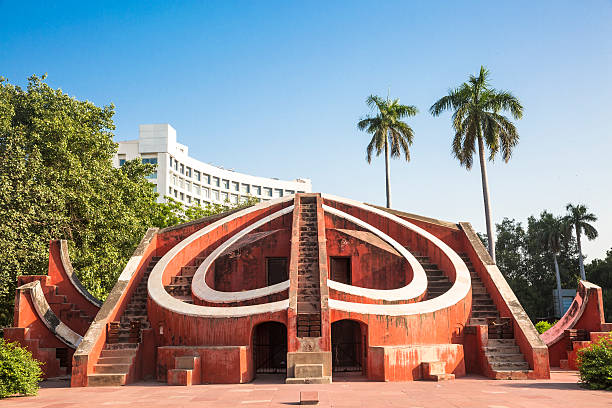

City Hall
A significant landmark in the Pink City of Jaipur is the City Palace. The Jaipur royal family used to reside in the City Palace complex. The City Palace is the ideal fusion of Rajput and Mughal design. Maharaja Jai Singh II constructed the palace complex, and his successors added other structures to it. The City Palace Complex is made up of buildings, lovely gardens, and courtyards. Mubarak Mahal, Badal Mahal, Sh. Govind Dev Temple, Chandra Mahal, and City Palace Museum are just a few of the magnificent structures in the City Palace complex. Rajasthan tourism provides comprehensive information about the state’s hotels and tourist attractions. Additionally, Rajasthan tourism offers the ability to book trip packages online.
Jal Mahal
Floating serenely amidst the glistening waters of Man Sagar Lake, the Jal Mahal is a vision of tranquility in the heart of Jaipur. Its charm lies in its unique setting, with only the top floor visible above the water’s surface, creating a magical illusion. This architectural marvel, built in red sandstone, reflects the surrounding Aravalli hills, making it a picturesque delight for both locals and travelers. As the sun casts its golden hues, the Jal Mahal transforms into a spectacle of beauty, captivating all who behold it.
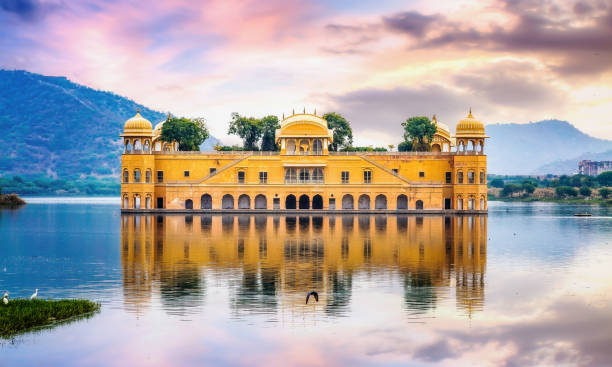
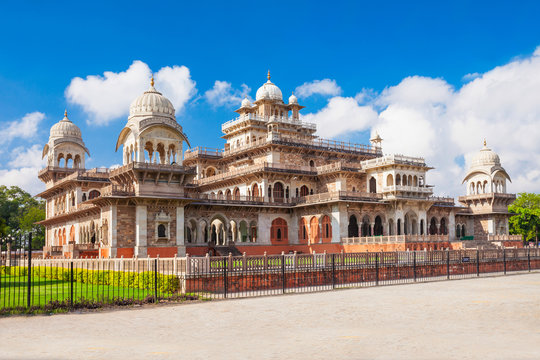
Albert Hall Museum
Nestled in the heart of Jaipur, the Albert Hall Museum stands as a testament to artistic elegance and historical grandeur. A stroll through its corridors unveils a treasure trove of artifacts, from sculptures and paintings to intricate artifacts that whisper tales of bygone eras. The museum’s Indo-Saracenic architecture adds to its allure, while the lush Ram Niwas Garden offers a serene escape. An enriching journey through art, culture, and history awaits within the walls of this majestic institution.
Nahargarh Fort
Perched atop the rugged Aravalli hills, Nahargarh Fort stands as a guardian overlooking the Pink City. Built in the 18th century, this fortress offers not only historical significance but also panoramic vistas of Jaipur’s sprawling landscape. Its interconnected pathways, towering walls, and ornate architecture transport visitors to an era of regal valor and resilience. A visit to Nahargarh Fort is a rendezvous with history and nature, a perfect blend of architectural wonder and natural beauty.
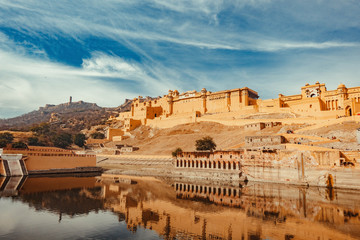

Jaigarh Fort
Unveiling the prowess of Jaipur’s defense, the Jaigarh Fort reigns as a sentinel of the past. High above the city, it commands a majestic view of the surrounding plains. The grandeur of its architecture echoes tales of the Kachhwaha dynasty, showcasing a remarkable blend of military ingenuity and regal elegance. The fort houses the world’s largest cannon on wheels, an awe-inspiring reminder of its strategic importance. A journey to Jaigarh Fort is an immersion into the valiant legacy of Rajasthan.
Patrika Gate
A symphony of vibrant hues and intricate detailing, the Patrika Gate is an artistic marvel that welcomes all to the Pink City. Adorned with handcrafted motifs depicting Rajasthan’s rich heritage, each step through this gate is a passage through time. Every corner narrates stories of valor, culture, and tradition, rendering it a favorite backdrop for both locals and visitors seeking to capture the essence of Jaipur’s soul.
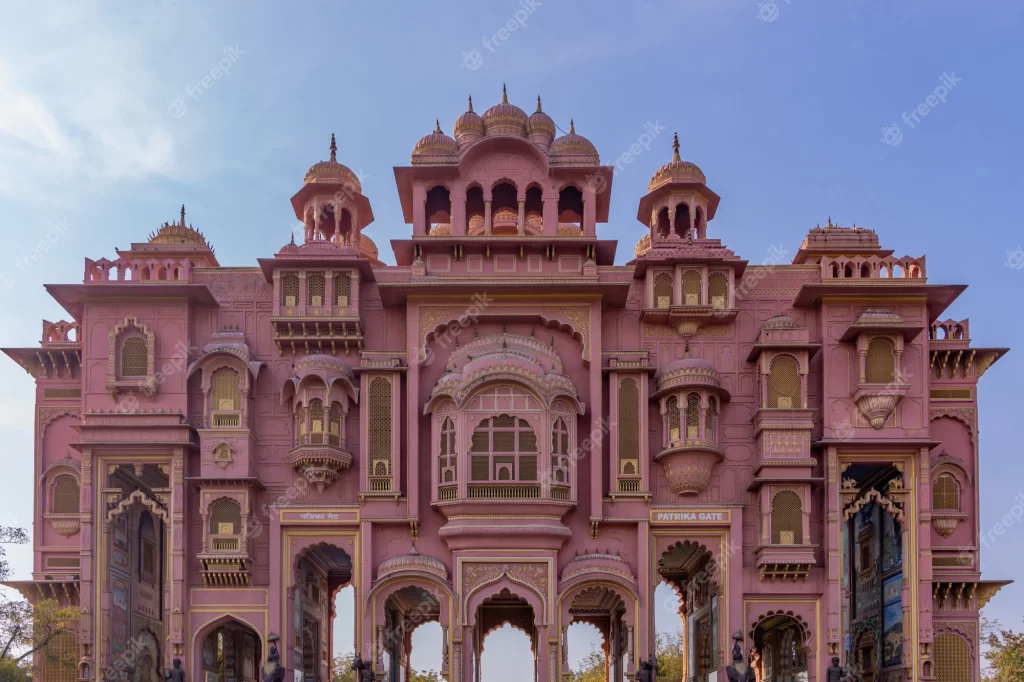
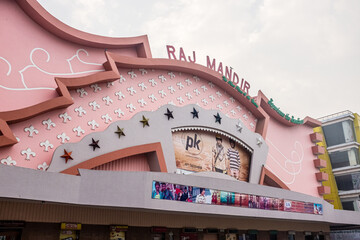
Raj Mandir Cinema
Embark on a cinematic journey like no other at the iconic Raj Mandir Cinema. With its grandeur reminiscent of a palatial ballroom, it stands as a testament to Jaipur’s love for art and entertainment. The opulent interiors, adorned with artistic flourishes, elevate the movie-watching experience to a royal affair. As the silver screen comes alive, Raj Mandir Cinema invites you to relish the magic of motion pictures in an ambiance fit for royalty.








